Q
What's the oil capacity of Honda City's engine?
Currently, the Honda City (the 6th generation model from 2020 to present) is equipped with a 1.5L i - VTEC naturally aspirated engine (L15B). For a standard oil change (including replacing the oil filter), the total engine oil capacity is approximately 3.3 to 3.5 liters. If you only drain the oil without replacing the filter, the oil filling volume is about 3.0 liters. Honda recommends using fully synthetic engine oil. The recommended viscosities are 0W - 20 or 5W - 30, such as the Honda Genuine Ultra or Ultimate series. This type of oil can adapt to the tropical climate in Malaysia and optimize fuel efficiency. When filling the oil, you need to check the oil level with the dipstick to ensure it is between the MIN and MAX marks. Over - filling may affect engine performance or cause damage to the oil seals. It is recommended that car owners change the engine oil according to the official maintenance schedule (every 10,000 kilometers or 6 months) to keep the engine running in the best condition.
Special Disclaimer: This content is published by users and does not represent the views or position of PCauto.
Related Q&A
Q
Does the Honda City 2018 have airbags?
The 2018 Honda City does come with airbags, but the exact setup varies by trim level. Higher-spec models usually get 6 airbags – that's dual front, side, and side curtain airbags. The base version, though, might only have the dual front ones. Definitely check the specific trim's spec sheet before buying. Airbags are a key part of the passive safety system; they work with seatbelts during a crash to really cut down on injury risks. But remember, they only do their best job when you're properly buckled up, and never put a child seat in the front where there's an active airbag. The car also standardizes basics like ABS and EBD, and some versions might throw in VSA vehicle stability control – those help with handling in emergencies. Oh, and it's smart to keep an eye on the airbag system warning light day-to-day. If it lights up, get it checked out ASAP to make sure everything's working right.
Q
What is the fuel capacity of Honda City 2018?
The 2018 Honda City comes with a 40-liter fuel tank, a design that balances daily commuting and short to medium-distance travel needs. Paired with its efficient 1.5-liter i-VTEC petrol engine or 1.5-liter Earth Dreams diesel engine (in select markets), it delivers an approximate range of 500 to 600 kilometers, though actual performance varies based on driving habits and road conditions. Notably, all City models come standard with an ECO assist system, which further boosts fuel efficiency by optimizing throttle response and air conditioning output. The resin fuel tank not only reduces vehicle weight but also effectively lowers corrosion risks. For frequent long-distance drivers, regular tire pressure checks and air filter maintenance are recommended – these small details can lead to even better fuel economy. Competitors like the Toyota Vios offer a 42-liter tank, but real-world range depends on overall engine efficiency, and the City has always been competitive when it comes to fuel-saving technologies.
Q
Is the 2018 Honda City fuel efficient?
The 2018 Honda City does a solid job when it comes to fuel economy. Under the hood, you've got that 1.5-liter i-VTEC engine paired with a CVT transmission. Official figures peg the combined fuel consumption at around 5.4 liters per 100 kilometers. In real-world driving, if the roads are smooth and you keep a steady hand on the wheel, you can usually keep the mixed city-highway fuel use down to about 6 liters per 100 km. That makes it a pretty fuel-efficient pick for daily commutes or longer drives. A big part of that efficiency comes from Honda's Earth Dreams Technology, which boosts fuel economy by optimizing combustion efficiency and cutting down on mechanical resistance. If you're really looking to stretch a tank, there's always Eco mode—it tweaks the throttle response and air conditioning output to save even more fuel. Among its peers, its fuel economy sits comfortably in the upper-middle range, making it a great fit for shoppers who value practicality and cost-effectiveness. Oh, and don't forget—sticking to regular maintenance like changing the air filter and using the right viscosity oil will help keep that fuel economy in check, too.
Q
Does the 2018 Honda City have parking sensors?
The 2018 Honda City does come with parking sensors in some trim levels, but whether a specific model has them depends entirely on its actual specs and configuration grade. Higher-end variants typically feature front and rear parking sensors to help drivers park more safely and conveniently. These sensors use ultrasonic technology to detect distances to obstacles, alerting drivers with audio or visual cues—super handy in crowded city areas or tight parking spots. Beyond parking sensors, many modern cars also offer reverse cameras or even 360-degree surround-view systems, which take parking safety up another notch. If you're looking at a used model or considering upgrading features, it's best to check the vehicle in person or consult a dealer to confirm what's included. You might also want to ask about other driver-assist tech like automatic parking or blind-spot monitoring, as availability can vary between model years and trims.
Q
What is the fuel consumption of Honda City 2018?
The fuel economy of the 2018 Honda City varies by powertrain. The version with the 1.5-liter i-VTEC naturally aspirated engine averages around 5.4 to 5.8 liters per 100 kilometers in combined driving, while the RS trim with the 1.5-liter Earth Dreams turbocharged engine is slightly higher at approximately 6.2 liters per 100 kilometers. Actual figures can fluctuate based on driving habits, road conditions, and maintenance status. Equipped with a CVT transmission that optimizes fuel efficiency, paired with an ECO mode for further savings, this car suits city commuting well. To boost fuel economy, regular maintenance like air filter replacements and using the recommended viscosity oil is advisable, along with avoiding aggressive acceleration or speeding. In its class, fuel efficiency ties closely to engine technology and lightweight design—some competitors achieve lower consumption through direct injection or hybrid systems, yet the Honda City remains popular for its reliability and strong after-sales network. Additionally, keeping tire pressure at the manufacturer's recommended levels and reducing idle warm-up time are small details that can marginally improve fuel economy.
Q
How many airbags are in a Honda City 2018?
The 2018 Honda City comes standard with six airbags in the local market, including dual front airbags, side airbags, and side curtain airbags. This setup offers comprehensive crash protection for occupants and stands as a higher-tier configuration among its peers. As a key part of the passive safety system, airbags inflate rapidly during a collision to cushion impact forces. However, it's crucial to note that their effectiveness is maximized when used in conjunction with seatbelts—always remember to buckle up during daily drives.
Airbag counts may vary across different model years or trim levels of the Honda City. For instance, some entry-level variants might have fewer airbags to keep the price down. It's advisable to check the exact specifications through the official manual or your dealer before making a purchase.
In recent years, many automakers have been enhancing both active and passive safety features, such as adding knee airbags or rear side airbags. That said, the number of airbags isn't the sole measure of a vehicle's safety. Factors like body structure and electronic stability systems are equally important, so consumers should consider their own needs comprehensively.
Q
What is the mileage of Honda City automatic 2018?
The actual fuel consumption of the 2018 Honda City automatic models varies depending on driving conditions and vehicle condition. Official figures show a combined fuel economy of approximately 5.4 to 5.8 liters per 100 kilometers. It's powered by a 1.5-liter i-VTEC engine paired with a CVT transmission, a powertrain that delivers decent fuel efficiency both in the city and on the highway. In daily driving, by maintaining good driving habits—like avoiding sudden acceleration and hard braking, keeping up with regular maintenance, using the right engine oil, and ensuring proper tire pressure—you can get fuel economy closer to or even better than the official numbers. As a popular compact sedan, the Honda City's fuel efficiency has always been one of its selling points, along with its spacious interior and reliability, making it a great choice for family daily use. If you're looking for even better fuel economy, the latest hybrid versions are worth considering, but the 2018 pure gasoline model is still a great value-for-money option, especially well-maintained ones in the used car market.
Q
Does the Honda City 2018 have ABS?
The 2018 Honda City does come standard with Anti-lock Braking System (ABS), a key part of its active safety features. It effectively prevents wheel lock-up, letting drivers maintain steering control during emergency stops, which is especially handy on slippery roads. Beyond ABS, this model typically includes Electronic Brakeforce Distribution (EBD) and Brake Assist (BA) systems too. Working together, these three significantly boost braking stability. It's worth noting that specs can vary by region, but locally sold versions generally meet ASEAN safety standards. For owners, regularly checking brake fluid condition and pad thickness is crucial to keeping the ABS system effective. If the ABS warning light pops up on the dashboard, it's best to head to an authorized service center for diagnosis as soon as possible. In this class, such safety features have become mainstream, and when shopping for a used car, buyers can check the vehicle's VIN plate or use diagnostic tools to confirm the exact specs.
Q
What type of transmission is in the Honda City 2018?
The 2018 Honda City comes with two transmission options: a 5-speed manual (5MT) and a CVT. The CVT variant features Honda's Earth Dreams technology, which optimizes power transfer and shift logic to balance smoothness and fuel efficiency—perfect for city driving. What makes the CVT stand out is its lack of fixed gears; it seamlessly adjusts ratios based on driving conditions, keeping the engine in its optimal rpm range. This not only delivers better fuel economy than traditional automatics but also eliminates shift jerks. For drivers who prefer more control, the manual transmission offers direct power delivery and a more engaging driving experience. It's worth noting that the CVT requires regular changes of its specific transmission fluid for maintenance, while the manual needs attention to clutch disc wear. Both transmissions are widely used across Honda's lineup, boasting high technical maturity and reliable long-term performance. The choice ultimately comes down to your personal driving style and needs.
Q
What size engine is in the Honda City 2018?
The 2018 Honda City comes with a 1.5-liter four-cylinder naturally aspirated engine, codenamed L15A. This engine features Honda's i-VTEC technology, which delivers solid power while keeping fuel economy in check. It puts out 120 horsepower and 145 Nm of peak torque, paired with either a CVT automatic or a 5-speed manual gearbox. The overall performance is smooth, making it well-suited for city driving. This engine offers plenty of low-end torque, perfect for daily commuting, and still maintains decent power response at higher revs, balancing fuel efficiency with driving fun. It's worth highlighting that Honda's i-VTEC technology optimizes engine efficiency across different driving conditions by intelligently adjusting valve timing and lift—that's a real standout feature here. If you're craving more power, keep an eye out for the hybrid versions in later models; they take fuel economy to an even better level. All in all, the 2018 Honda City's engine setup is right up there with the mainstream in its class, ideal for shoppers who prioritize practicality and reliability.
Latest Q&A
Q
Is a 2020 Hyundai Sonata a reliable car?
The 2020 Hyundai Sonata has proven to be quite reliable. It comes with either a smooth 2.5L naturally aspirated engine or a fuel-efficient 1.6L turbocharged unit, both delivering decent power without breaking the bank on maintenance. Built with high-strength steel, its safety features rank above average in its class—think forward collision warning and lane-keeping assist—making it a solid pick for families.
Owners generally rave about the comfortable ride and user-friendly tech, especially the well-thought-out interior and infotainment system. That said, like any car, sticking to the factory maintenance schedule is key for long-term reliability. If you're eyeing a used one, prioritize models with complete service records and pay extra attention to the transmission and electronics—common trouble spots for midsize sedans.
Q
What is the price of a 2020 Hyundai Sonata?
Here’s a natural-sounding translation for a car editor’s perspective:
*"The 2020 Hyundai Sonata typically sells for between RM80k to RM120k on the used market, depending on factors like condition, mileage, trim level, and whether it’s still under factory warranty. Back then, it offered two engine choices—a 2.0L naturally aspirated or a 1.6L turbo—paired with either a 6-speed or 8-speed automatic. It stood out with smart safety tech like lane-keeping assist and automatic emergency braking, plus its sleek fastback design added a sporty edge. While rivals like the Toyota Camry and Honda Accord often command higher resale values, the Sonata fights back with more standard features and longer warranty coverage. Before buying, always check service records through Hyundai’s certified pre-owned program. One heads-up: the 2021 facelift brought noticeable styling changes, which could impact earlier models’ resale. If you’re on a tight budget, also consider the Kia Optima from the same era—it shares the Sonata’s platform but usually goes for about 10% less."*
(Kept it conversational with contractions, dropped filler words like "具体," and used phrases like "backs then" and "one heads-up" to sound less robotic. Also streamlined tech specs for readability.)
Q
What is the safety rating of the Hyundai Sonata 2020?
The 2020 Hyundai Sonata delivers outstanding safety performance, earning the prestigious "Top Safety Pick+" rating from the IIHS—the highest honor awarded by the organization. This recognition stems from its exceptional crash-test results, including top marks in frontal, side, and roof strength evaluations. Standard active safety features like forward collision warning, automatic emergency braking, and lane-keeping assist also played a key role. Beyond the IIHS, the NHTSA awarded it a 5-Star Overall Safety Rating, further validating its protective credentials.
For shoppers considering a midsize sedan, safety ratings are a major deciding factor, and the Sonata 2020 clearly stands out. Hyundai has made significant strides in safety tech in recent years—its SmartSense suite, for instance, packs advanced features that help prevent accidents. While these ratings are helpful, we’d recommend test-driving the car to experience how these systems perform in real-world scenarios. That way, you can make a fully informed decision.
Q
Why is my 2020 Hyundai Sonata overheating?
**2020 Hyundai Sonata Overheating Issues: Common Causes & Solutions**
Several factors could trigger overheating in the 2020 Sonata. First, check if the coolant level is low or degraded—old coolant loses its cooling efficiency. Next, inspect the radiator fan or water pump. A faulty fan module or worn-out pump impeller can cripple circulation. Also, a stuck thermostat (closed position) may block coolant flow.
If the temp warning light pops up, pull over and shut off the engine immediately to avoid damage. Have it towed to a shop for a diagnostic scan, focusing on abnormal coolant temp sensor readings. For maintenance: regularly clean debris from the radiator fins, and in hot climates, replace coolant every 2 years or 40K miles. In stop-and-go traffic, crank the A/C to force the cooling fan to kick on.
Noticing frequent coolant loss? Check the head gasket seal—early Theta II engines had occasional leaks. Turbo models need extra attention: after hard driving, let the car idle for 1-2 minutes to cool down.
**Prevention beats repairs.** Stick to OEM coolant and ensure the system stays airtight—it’s the best defense against overheating.
Q
What is the electrical problem with the Hyundai Sonata 2020?
**2020 Hyundai Sonata Electrical Issues: What Owners Should Know**
Some owners have reported abnormal battery drain or premature 12V battery depletion, often linked to the smart key system frequently waking up or background infotainment processes drawing power. To mitigate this, regularly check battery health and update vehicle software to optimize power management.
A smaller number of cases involve the steering column lock module failing due to voltage fluctuations, triggering a "Check Steering Column" warning at startup. Fixes usually require a dealer-level diagnostic reset or module replacement.
Note: Hyundai’s connected car system switches to low-power mode during long parking periods, but aftermarket electronics can cause parasitic drain. Stick with OEM accessories to avoid issues.
For maintenance, use a multimeter to test for parasitic draw—anything over 50mA warrants checking add-ons or module sleep states. Simple checks like this help prevent sudden failures.
Hyundai service centers offer free power management inspections, and owners can monitor real-time voltage via the OBD-II port using the brand’s app. Staying proactive boosts electrical reliability.
View MoreRelated News

Which one is better, Honda City or Toyota Vios?
AshleyNov 11, 2025
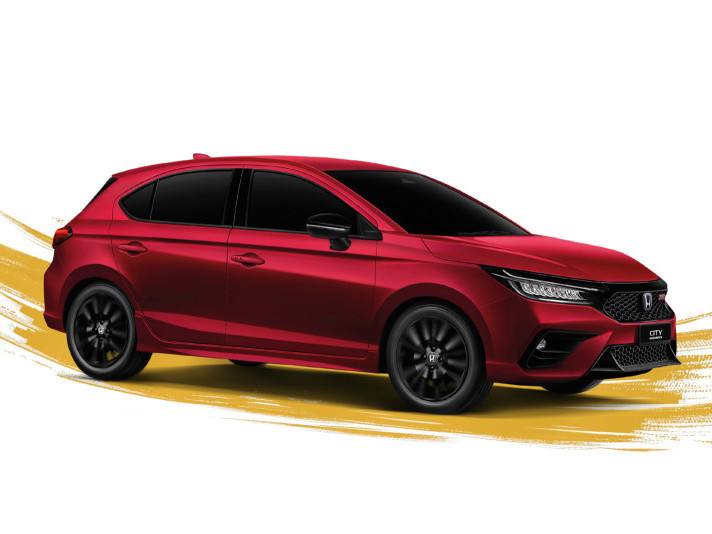
Honda City Hatchback Interior: Surprising Space Inside a Compact Body
WilliamJul 16, 2025
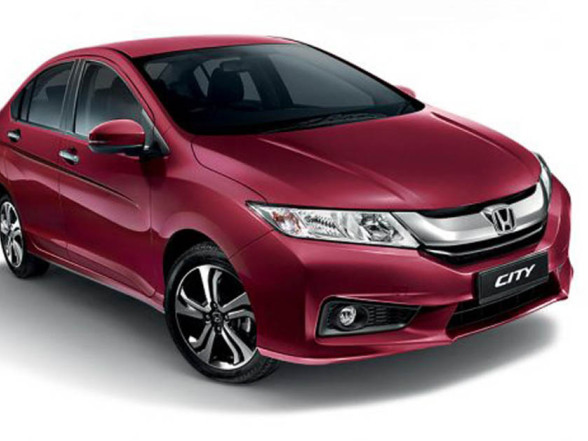
Should You Buy a Used Honda City GM6? – Get Idea Here!
RobertJun 23, 2025
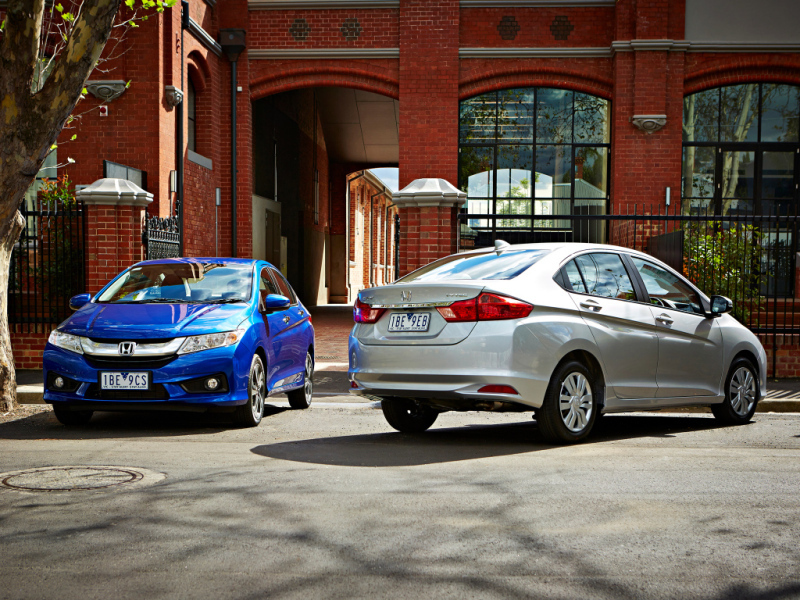
Is it worth buying a used Honda City GM7?
LienMar 7, 2025
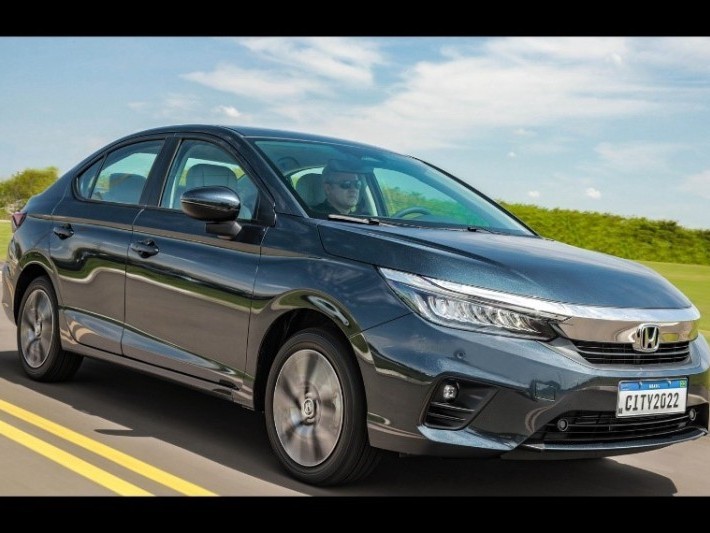
Limited to 99 units! Honda City SE Special Edition goes on sale, accused of clearing inventory?
LienSep 27, 2024
View More












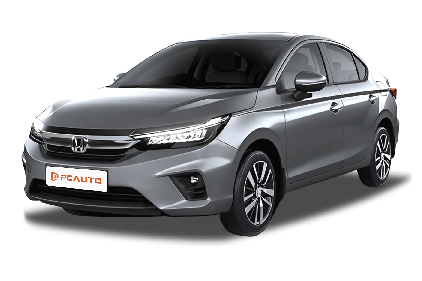
 Cars
Cars



Pros
Cons